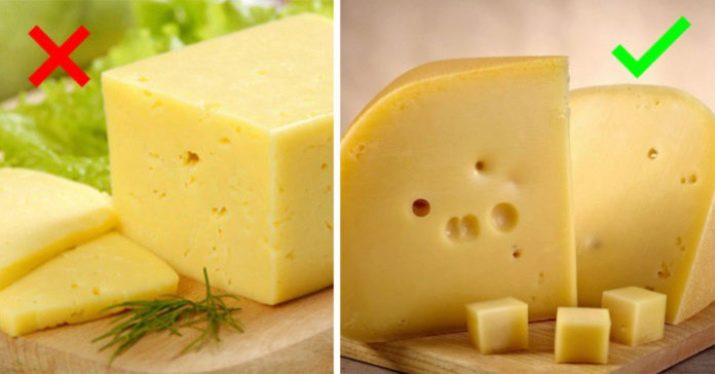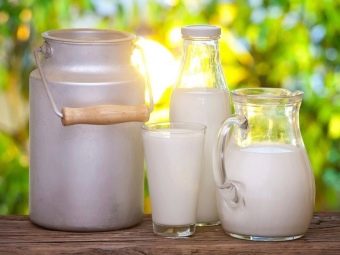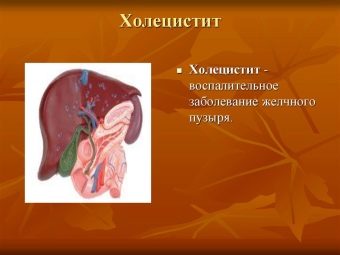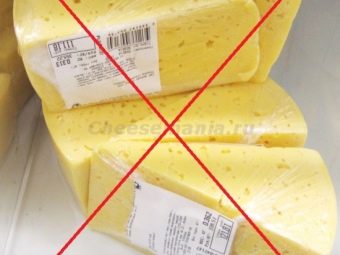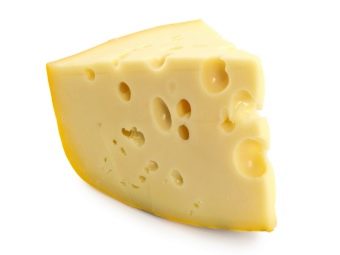What is the difference between real cheese and cheese product?
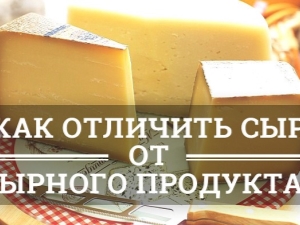
Product quality is critical. Especially now, when the number of brands is very large and not all products on the Russian market are the same in quality.This fully applies to cheeses, the differences between them are striking.
Special features
There are hundreds of variations of cheese in the markets, shops and other outlets. The difference between them is due not only to taste, and sometimes it also concerns chemical composition. For the sake of cost reduction, many plants use vegetable and other dubious components. Of course, not all of them are hazardous to health, but a quality product cannot be obtained in this way. Only a thorough study of the properties of the product helps to select the best variations.
What could be a hoax?
A real product that has the right to have the proud inscription “cheese” on the packaging and on the price tag, It should have only a few components:
- rennet-based enzyme or its synthesized similarities;
- milk;
- natural salt;
- fermented milk products;
- calcium chloride (increasing coagulability).
All these organic and inorganic substances are combined by one common feature: they can be easily absorbed by people. Speaking about the theme “cheese product and cheese”, it is immediately worth noting that the cheese product is no different with similar characteristics. Its appearance and taste can be very similar to genuine cheese, but the effect on the body is quite different. Even the best imitations contain a maximum of 1/5 of high-quality milk. The rest of the pseudo cheese represents other fats and proteins.
Cheese product differs from real natural cheese in that it contains abundant portions of palm or coconut oil. They are much cheaper than raw milk, and if we take into account the significantly lower consumption per unit of finished product, it is impossible not to notice the profitability of this solution for manufacturers. Vegetable oils themselves can be quite good, but some of them, containing saturated fat, can harm health. During normal biochemical reactions, saturated fat is converted to trans-isomeric, which is capable of provoking:
- cholecystitis;
- overweight;
- disorders of the heart and blood vessels;
- atherosclerosis;
- the appearance of blood clots.
What to do with it?
For the consumer, this is really disappointing information. Taste and appearance of the product do not allow to determine how high-quality product is on the table. The price is also not an indicator: it is unlikely that manufacturers will reduce the markup, rather they will get the maximum benefit at the expense of low cost. On the price tags and even on labels, the information is not always adequate, since the regulatory authorities are not able to keep track of everything.
To somehow insure, you need to carefully study the labeling. The composition of this cheese does not include even a small amount of vegetable fat. Both palm and coconut species are categorically unacceptable. Only milk fat must be listed. Some guarantee may still be the cost. After all, the cheapness of herbal ingredients allows to produce the most affordable cheeses on the market.
For your information: in industrialized European countries, you can also find cheese products. But there they are sold, with rare exceptions, in stores of an economical class. And even in this case, include only a small amount of substances of plant origin.
It is necessary to avoid buying packaged in a transparent film of cheese, which is devoid of labels. In this case, it remains to rely solely on their luck. If, when you press on the surface of the cheese, you notice the outflowing liquid, you can be sure that the package is just an imitation. Another important criterion - colors. It should look natural and uniform over the entire surface. Increased yellowness indicates the presence of synthetic dyes.
You need to look at the cheese holes, or rather, their size and geometric shape. Original cheese obtained by the classical technology, has the "eyes" of the correct configuration.They have invariably smooth walls, and the holes themselves are uniformly placed throughout the head. In a cheese product, no matter how well it is masked, large “eyes” are concentrated in the center, and the closer to the edge, the smaller they are.
It is also important to pay attention to the crust. When plaque or cracks appear there, you can be sure that if this is a high-quality product, then in any case it was stored incorrectly. At the correct cheese, the pattern is always built uniformly, its structure will be uniform. All these signs are much more accurate than checking the product solely for the price. In any case, it is worth considering the reputation of the manufacturer: reputable brands rarely deliver frankly fake cheese.
Crucial check
Full laboratory analysis is very accurate, but not everyone can afford it. Finally dispel or confirm all doubts will help relatively simple test. For him, a slice is cut from the acquired cheese at room temperature. This piece is bent gently at a 90 degree angle. Crack in the fold should not appear!
Not less important, it is necessary to reject the purchase of cheeses with a loose structure, which quickly crumble and crumple. If such signs are present, a mixture of powdered milk with palm oil and dyes is sold with a probability of almost 100% under the name of cheese. The white color shows that the cheese did not last long enough.
It is recommended to select a product that is sealed because it is stored longer.
How to distinguish cheese from cheese product, see the next video.

